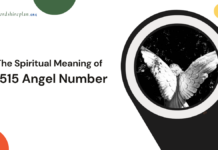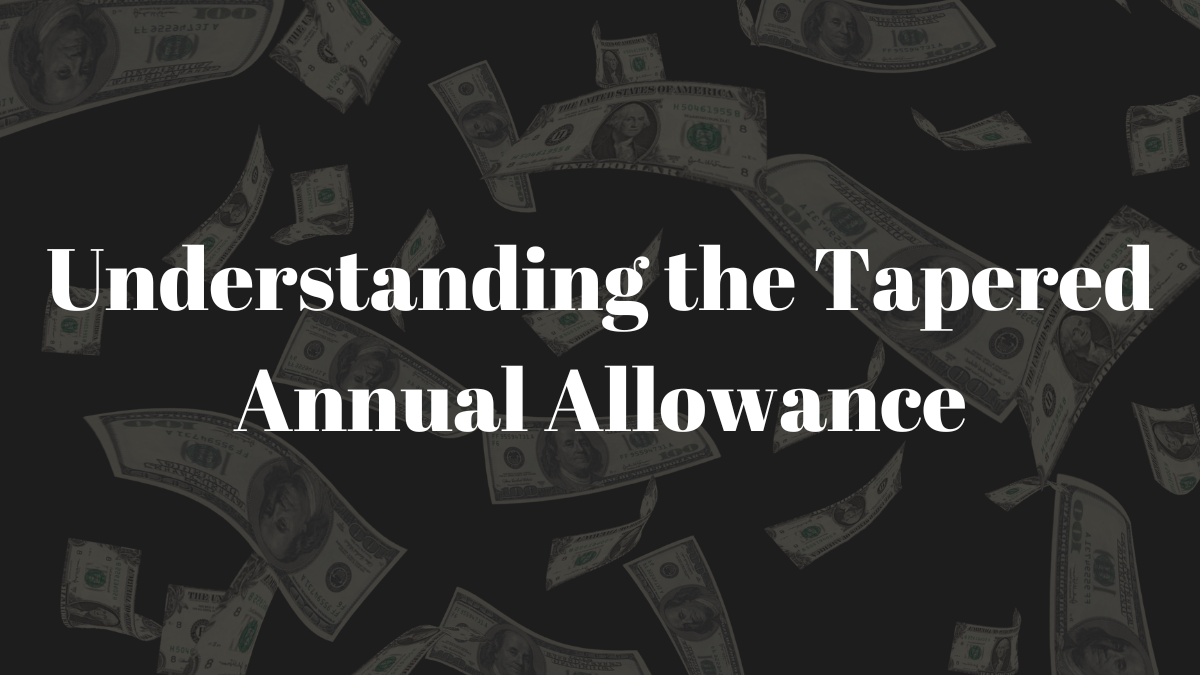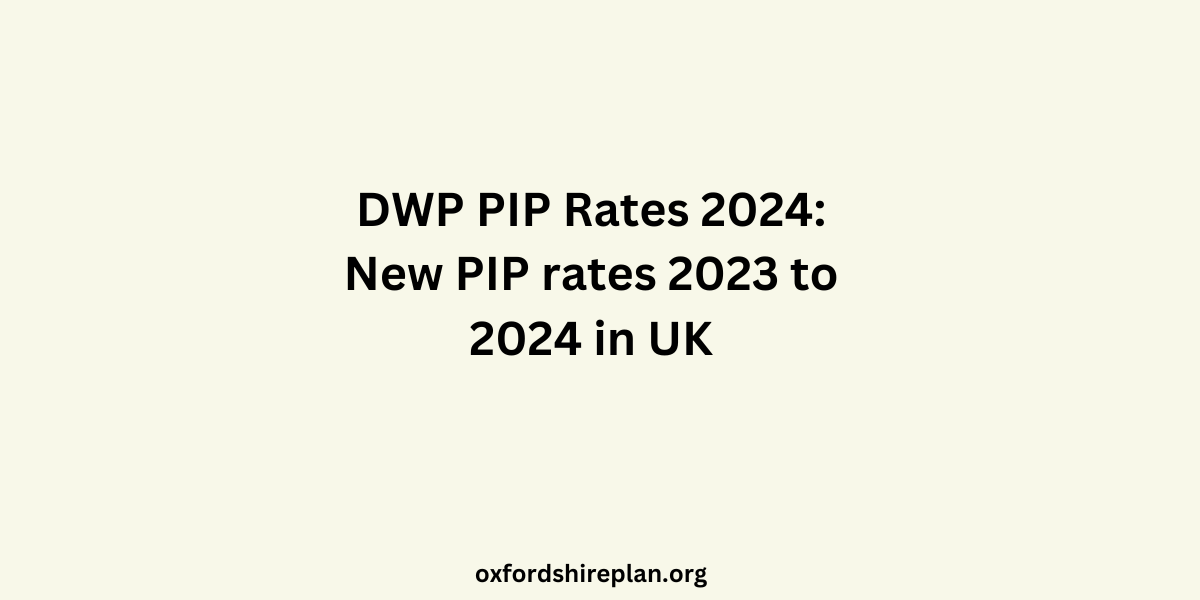The Tapered Annual Allowance is a concept related to pensions and tax relief. It is complex, but do not worry, we will break it down in simple terms.
Contents
- What is the Tapered Annual Allowance?
- How Does It Work?
- What is the Difference Between Adjusted Income and Threshold Income?
- What Happens If I Exceed My Annual Allowance?
- How Can I Calculate My Net Income and Pension Savings?
- How can I check my pension savings statements?
- FAQs
- What is the Tapered Annual Allowance?
- How does the Tapered Annual Allowance work?
- Read More:
What is the Tapered Annual Allowance?
The Tapered Annual Allowance is a UK tax rule that applies to high earners, reducing the amount they can contribute to their pension tax-free each year. For the current tax year, if your adjusted income is over £260,000, your annual allowance will be reduced. It will not be reduced if your threshold income is £200,000 or less, regardless of your adjusted income.
How Does It Work?
Here is how it works:
- For every £2 your adjusted income exceeds £260,000, your annual allowance reduces by £1.
- The minimum reduced annual allowance you can have is £10,000.
To calculate if you have a reduced (tapered) annual allowance, you need to know your:
- Net income: Your taxable income for the tax year.
- Pension savings: The total contributions made to your pension schemes.
- Threshold income: Your net income minus certain pension contributions.
- Adjusted income: Your threshold income plus any pension contributions.
If your pension savings exceed your available annual allowance, you will need to report the excess on your Self Assessment tax return and pay Income Tax on it.
What is the Difference Between Adjusted Income and Threshold Income?
Adjusted income will have all pension contributions (even the employer contributions), while threshold income excludes pension contributions. Both include all taxable income – so this is not restricted to earnings. Income from any kind of investments and benefits in kind will be included, such as medical insurance premiums paid by the employer.
What Happens If I Exceed My Annual Allowance?
The difference between Adjusted Income and Threshold Income is crucial for understanding the UK’s Tapered Annual Allowance for pensions. Here is a simple breakdown:
- Adjusted Income: This includes all taxable income, such as earnings, investment income, and benefits in kind, plus all pension contributions (including any employer contributions). It is the broader measure of income for determining if the taper applies.
- Threshold Income: This is essentially your net income excluding pension contributions. If your Threshold Income is £200,000 or less, the tapering of the annual allowance does not apply, regardless of your Adjusted Income.
So,
- Adjusted Income = Total taxable income + Pension contributions (personal + employer)
- Threshold Income = Total taxable income – Pension contributions (personal only)
How Can I Calculate My Net Income and Pension Savings?
Calculating your Net Income and Pension Savings in the UK involves a few steps:
Net Income:
- Start with your total annual gross salary.
- Subtract any deductions such as:Income tax
- National Insurance contributions
- Student loan repayments (if applicable)
- Pension contributions
- The remaining amount is your net income.
For a detailed calculation, you can use online tools like The Salary Calculator or Salary After Tax, which consider the latest tax rates and deductions.
Pension Savings:
- Add up all the contributions made to your pension during the tax year, including:Personal contributions
- Employer contributions
- Any government tax relief received on your contributions
To estimate your future pension income or savings, you can use pension calculators provided by services like MoneyHelper, Moneyfarm, or Hargreaves Lansdown. These tools can help you understand how much you need to save for retirement based on your current situation and goals.
How can I check my pension savings statements?
You can check your pension savings statements through the following methods:
- Online Accounts: You can log in to your online accounts to check your workplace and personal pensions.
- Annual Pension Statements: You can look at your annual pension statements.
- Central Recordkeeping Agency (CRA) Portal: If you have an NPS Account, you can visit the CRA portal website where you hold an NPS Account. Log in using your Permanent Retirement Account Number (PRAN) and password. Once you have successfully logged in, you can navigate to NPS statement and conveniently download your NPS statement.
- DigiLocker: Register for DigiLocker using your mobile number or Aadhaar Card number. On successful login, search for ‘PFRDA’ in DigiLocker and select your CRA. Select the NPS Account statement from the listed options. You will be able to view your NPS Account statement instantly.
Keep in mind, if there is uncertainty about the management of your pensions or if you are not getting consistent statements, it might be necessary to locate your pension accounts. When in doubt, consulting with a financial advisor who has expertise in tax and pension matters is always wise.
FAQs
What is the Tapered Annual Allowance?
The Tapered Annual Allowance is a reduced limit on the amount of contributions paid to, or benefits accrued in, a pension scheme before you have to pay tax.
How does the Tapered Annual Allowance work?
If your adjusted income is over £260,000 your annual allowance in the current tax year will be reduced. For every £2 your adjusted income goes over £260,000, your annual allowance for the current tax year reduces by £1. The minimum reduced annual allowance you can have in the current tax year is £10,000.
Read More:
- Financing a Car with Personal Contract Purchase (PCP Meaning): A User-Friendly Guide
- Understanding Mortgage Holidays Payment
- Tax and Tax Credits: Ask HMRC Online Help
- When is the Next Cost of Living Payment for Tax Credit Claimants?
- Understanding Inheritance Tax Scotland: A Simple Guide
- Small Pension Pots Loophole: The Basics of Trivial Commutation

I am a dedicated lifestyle and fashion enthusiast, always looking for the latest trends and timeless styles. With a flair for creativity and a passion for self-expression, I provide fresh insights and tips on elevating everyday living and personal style.
















